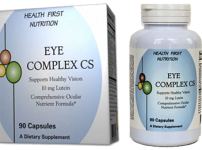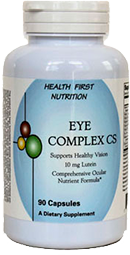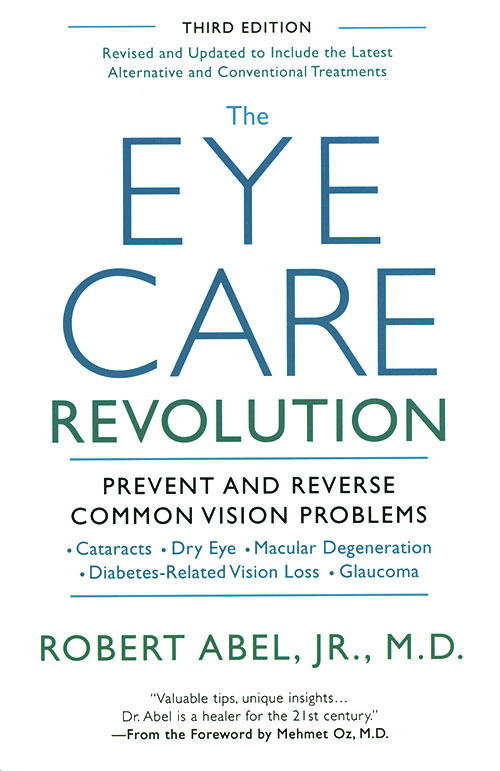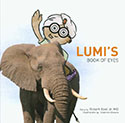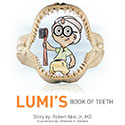Developed by Dr. Robert Abel
Here are a series of 10 simple eye fitness and health tests designed to be taken in the privacy of your own home. These tests can help determine the current state of your macular health and provide a baseline for any future changes. Dr. Abel recommends that these tests be re-taken every 2-4 months, if possible. Please note that these tests are not a substitute for regular eye check-ups. Only a medical professional can make a definitive assessment of your eye health and recommendations for treatment.
TIPS FOR GETTING THE BEST RESULTS FROM THIS TEST
- You can either view them on the screen here or download them as a pdf and print them out on a good color printer.
- Make sure the area in which you are taking the tests is well-lit and use similar viewing and lighting every time the test is taken.
- Unless otherwise indicated, the best distance between your eyes and the test is about arm’s length. You may take these tests with or without corrective lenses. Just be consistent with all tests – or take them both ways.
- If taking the assessment from your computer, print out a copy on which you can keep track of your results. Otherwise, write down your answers in a location where they can be easily found and referenced.
TEST #1:
Color Blindness
Each of these plates hides a number behind colorful dots. Based on what you can and cannot see, you can determine if you might be suffering from some form of red-green color blindness. Indicate which numbers you can see.
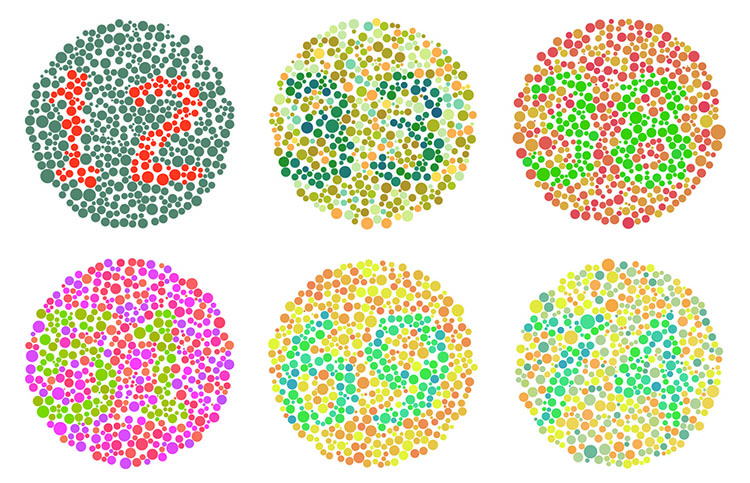
TEST #2:
Peripheral Vision

Stand up and hold your arms straight out to the side (as demonstrated in image). Look straight ahead and begin wiggling your fingers on both hands.
Keeping your head and eyes pointed straight ahead, can you see the wiggling motion of your fingers in your peripheral vision?
You should not be able to actually see your fingers completely, but you should be able to see the motion of the wiggling. If not, you should make an appointment with an ophthalmologist.
TEST #3:
Dominant Eye
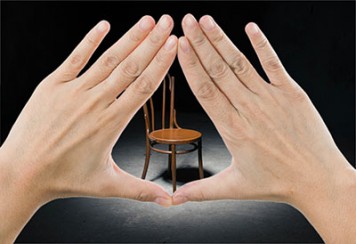
Make a triangle with your fingers (as demonstrated in image). Stand 10-20 feet away from an object and with both eyes open center it within the opening of your hands. Close your left eye. If the object remains in view than you are right eye dominant. If closing your right eye keeps the object in view than you are left eye dominant.
This can be useful for activities in which you use only one eye, such as using a microscope, looking through a telescope, or focusing a camera. Note that the results you get might differ based on the distance at which you test yourself.
TEST #4:
Eye-Hand Coordination
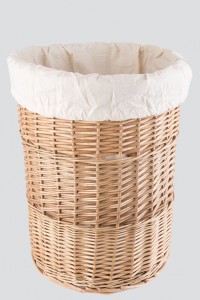
Eye-Hand coordination is essential for many activities in life including throwing away trash,
pouring water, typing and all sports. This test will serve as a simple introduction to the subject and can be employed by people with moderate vision in one or both eyes.
Take several knotted pairs of socks or a ball and stand five feet away from a hamper, bucket or small trash can on the ground. Attempt to throw the object(s) five times into the receptacle. Five for five is excellent. Four out of five is good. And three for five is fair. Anything less requires practice. If you cannot improve to three out of five, get an eye exam. The skill requires more talent than you might think.
TEST #5:
Dark Adaptation
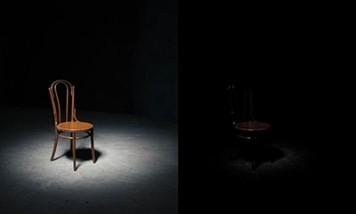
Place an object 8 feet away in a well-illuminated room.
Turn off the lights.
Determine how long it takes you to distinguish that object. Greater than five seconds indicates some degree of night blindness. If so, nutritional supplementation is recommended.
TEST #6:
Convergence/Focusing
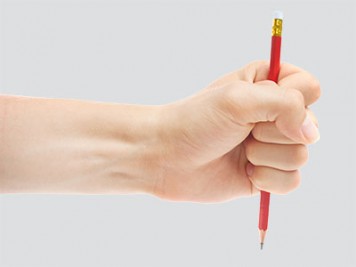
Extend your right hand with a pencil, eraser side up.
Slowly bring the eraser closer until it becomes double or blurred. Note the distance at which you can focus on the eraser before it blurs. This is your near point of focus or accommodation.
Repeat with alternate hand.
TEST #7:
Eye Muscle

Draw a butterfly 10 inches across a piece of white paper (or print one online). Tape it to the wall and stand 3 – 4 inches away with both eyes open.
Then trace the edges of the wings in a clockwise fashion by moving your eyes around the entire perimeter of the butterfly, while keeping your head still. Reverse the procedure going counter-clockwise for the second rotation.
This will indicate the completeness of your eye muscle movements, both individually and with both eyes together. If you notice a loss of a section of the butterfly wing or a double image, it’s important to report this immediately to your eye doctor.
TEST #8:
Amsler Grid
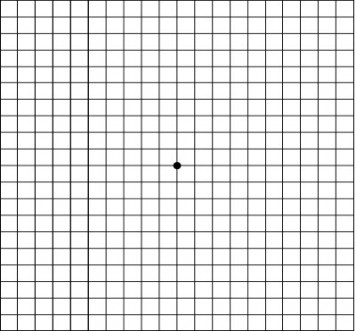
This is a special test for central vision.
Look at the central dot with one eye covered. Note the pattern of the lines.
If there is any distortion, waviness or missing areas, call your eye doctor immediately.
TEST #9:
Contrast Sensitivity
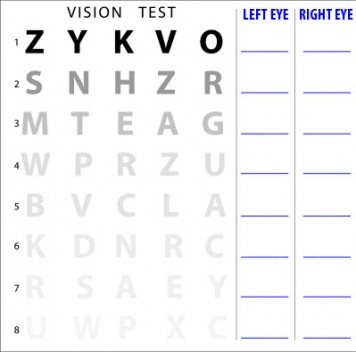
View this test from 14 to 18 inches away. Cover one eye and indicate the furthest line down you can read. Read the letters (and how many on that line). Re-test with your other eye.
If you are taking an eye supplement, such as our EyeComplexCS, repeat the test after one month and note any improvement.
TEST #10:
Nearsighted/Farsighted
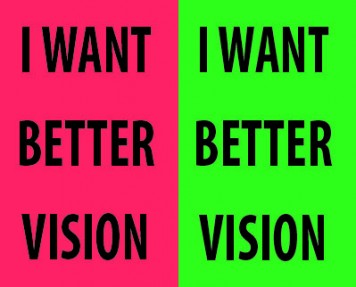
Cover one eye with your hand (without applying pressure on the lid) and examine the words on both sides of the page. Do the same with your other eye.
If the letters on the red background are sharper or blacker, you are likely to be farsighted.
If the letters on the green background are sharper or blacker, you are likely to be nearsighted.
If you perform this test wearing glasses, you can also determine if your prescription is over or under-corrected.
Eye Complex CS (Clinical Strength) was created by Dr. Robert Abel Jr. to help support and improve eye health, and also serve as a complete daily multivitamin. Unlike other eye vitamins, EyeComplexCS contains no harmful copper or elevated levels of Zinc, which can be potentially harmful to your health.

